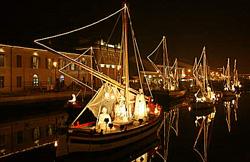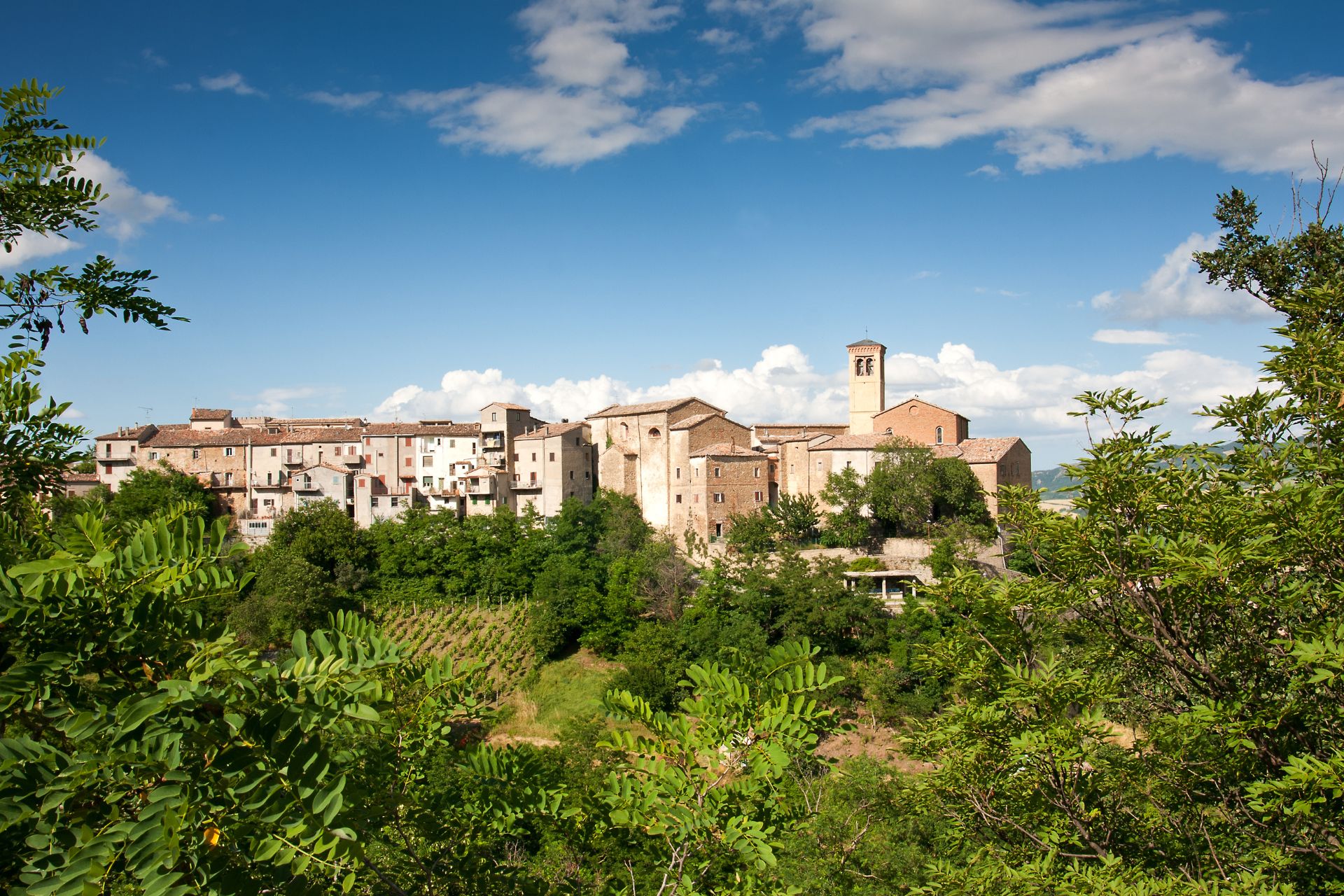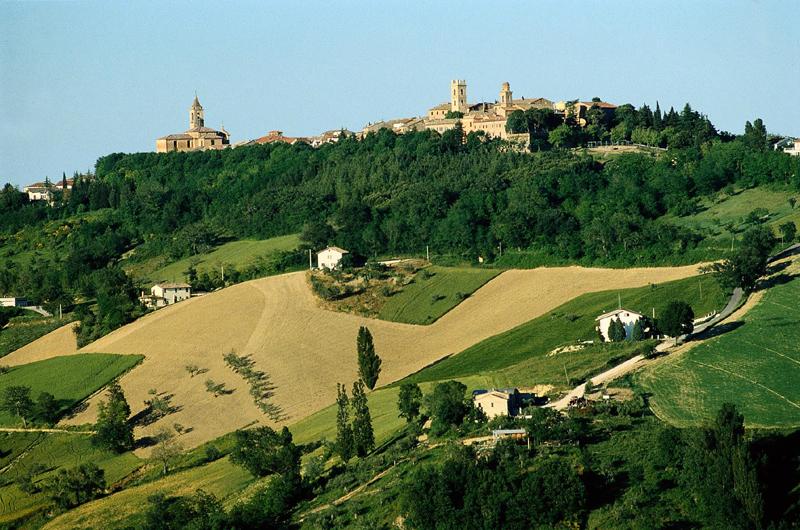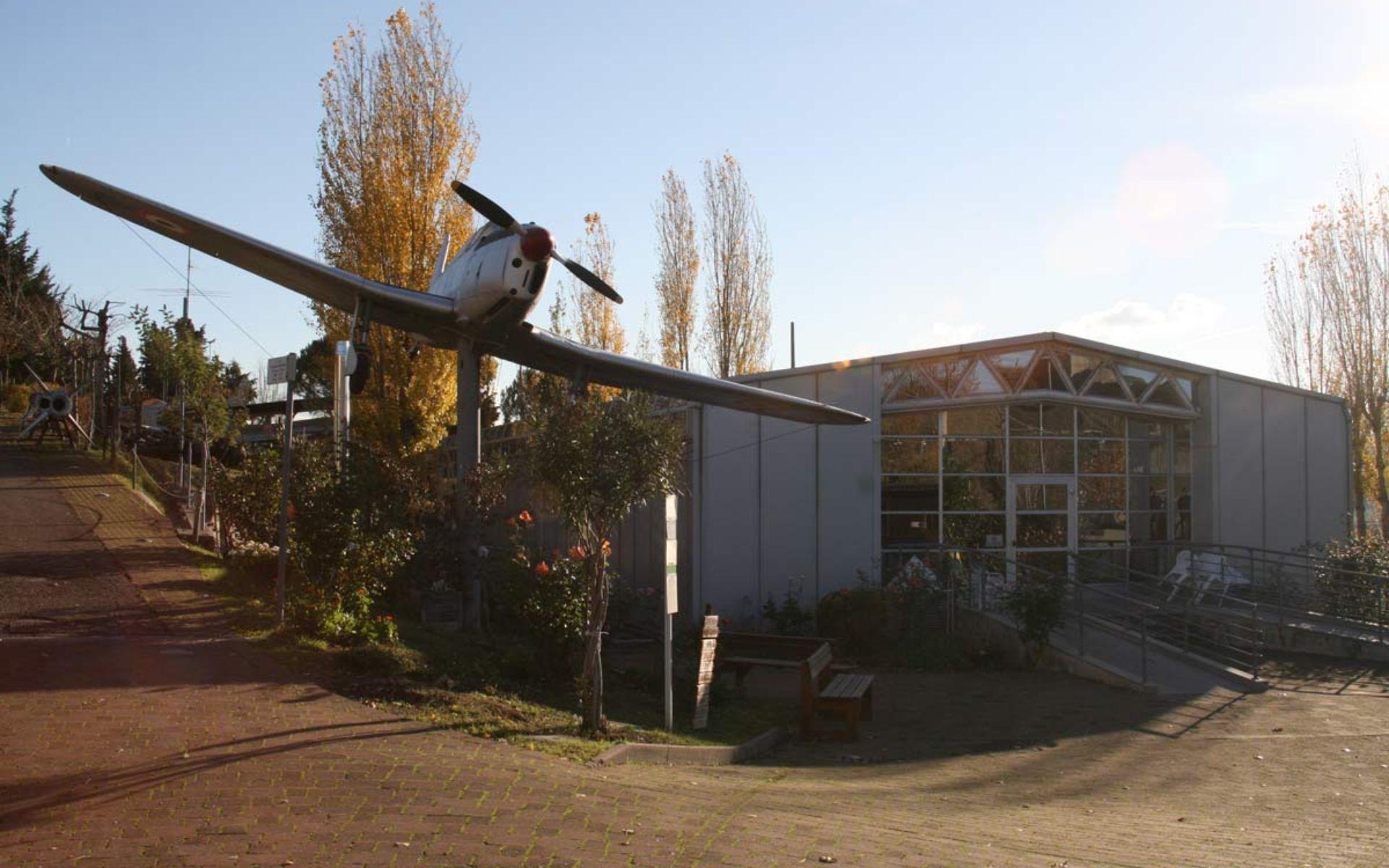The history of Cervia's pine forest dates back to the 1950s, when Professor Piero Barbone, a local biologist and botanist, began experimenting with the cultivation of pine trees (Pinus pinaster), a coniferous species from France and Spain. Professor Barbone was an expert in arboriculture and wanted to prove that the Cervia region, which was known for its high salinity, was suitable for the cultivation of conifers.
At first, his experiments were not very successful, but in 1959, he succeeded in cultivating pinyon pine in the Cervia area. His pine tree seedlings did very well, and soon the Cervia pine tree became a tourist attraction.
The Cervia pine forest covers about 100 hectares and is now the largest pine forest in the world. The pine forest consists of more than 1 million pine trees, growing in the saline soil that is characteristic of the area.
The Cervia pine forest is important for several reasons. For a start, the presence of such an area of pine forest helps to improve air quality by reducing the amount of pollutants in the area. In addition, the pine forest is an important resource for the production of charcoal, which is used in energy production.
In addition, the Cervia pine forest is of considerable importance for the area's fauna. The pines breed various species of birds and mammals, including the Marsican brown bear and the red fox.
The Cervia pine forest is also an important tourist attraction. The pine trees, which can reach a height of 40 metres, offer an impressive panorama. The pine forest is open to the public throughout the year, and the most beautiful part of the pine forest is the 'Spina', a ridge of trees that stretches for 2 km and offers a spectacular view of the Comacchio lagoon.
In conclusion, the history of the Cervia pine forest is a story of natural resources, innovation and the will to solve environmental problems. The Cervia pine forest is an example of sustainability and how nature and industry can coexist.




